However, sometimes dogs who are very young can have severe pain because their hip joint actually pops out of joint. In fact, once baby is born, incorrect swaddling or babywearing can also lead to hip dysplasia.
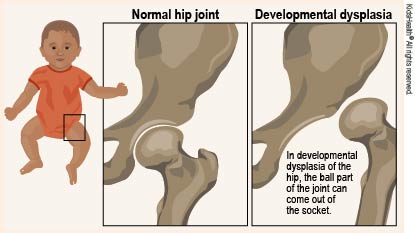
Developmental Dysplasia Of The Hip For Parents - Nemours
It is widely accepted that hip dysplasia develops around the time of birth because the hip socket is shallower at birth than at any time before or after birth.

Do babies grow out of hip dysplasia. Hip dysplasia may develop in a baby around the time of birth or during early childhood. Sometimes the condition starts before the baby is born, and sometimes it happens after birth, as the child grows. During birth, having an infant tightly swaddled within the hips can, to some extent, lead to ddh.
Babies born with hip dysplasia have a shallow hip joint that can slip easily out of place. Most infants treated for ddh develop into active, healthy kids and have no hip problems. Top best answers to the question «can puppies grow out of hip dysplasia» answered by jocelyn baumbach on fri, jan 1, 2021 10:39 am.
It's sometimes called congenital dislocation of the hip, or hip dysplasia. Some babies have a minor looseness in one or both of their hip joints. Hip dysplasia is the most common musculoskeletal or bone and joint abnormality in babies, says dr.
This cast starts below the armpits and goes all the way down to the legs. This congenital disorder can lead to various developmental problems and physical deformities as a child grows up. In babies with hip dysplasia, the socket is too shallow, which means the hip can become unstable or dislocate (come out of the joint).
Natalie trice is a uk based hip dysplasia advocate, author, member of the ihdi international advisory committee and pr guru. It is more common in girls than boys and can run in families. Hip dysplasia in babies, also known as developmental dysplasia of the hip (ddh), occurs when a baby’s hip socket (acetabulum) is too shallow to cover the head of the thighbone (femoral head) to fit properly.
For other babies, the ball easily comes completely out of the socket. What happens in a hip with developmental dysplasia? In fact, one in every 100 babies are treated for hip dysplasia, while one in 500.
Research has shown that tight wrapping with the legsheld straight can lead to hip dysplasia and dislocation. Hip dysplasia is a painful condition that occurs as a result of improperly formed hip joints. (during swaddling, the baby should always have some wiggle space for the legs, while the hips.
Developmental dysplasia of the hip (ddh) is a condition where the ball and socket joint of the hip does not properly form in babies and young children. This can usually be attributed, however, to milder cases of ddh that are difficult in diagnose and may be untreated as a child. Once a hip joint has formed abnormally, it’s always going to be abnormal.
Nobody really knows what causes hip dysplasia. Developmental dysplasia of the hip. If the condition is present and ignored, it can aggravate over the years and get extremely painful for your child.
Babies with hip dysplasia or dislocation may develop deformity of the hip and arthritis later in life. Over time, the problem can lead to pain, one leg that’s shorter than the other, and arthritis. Babies who are born with seemingly healthy hips can develop hip dysplasia later in life.
Around the time of birth, mum is producing relaxant hormones to assist the birthing process, and this can cause loose hip ligaments in babies. Although having hip dysplasia may present some additional hurdles early on — and plenty of doctor's appointments — your baby will likely grow out of. The truth is, hip dysplasia can occur in puppies as young as five months old.
It can affect one hip or both. Key points about hip dysplasia in babies. Hip dysplasia happens when a hip joint doesn’t develop properly.
Keeping a lookout for the presence of hip dysplasia in your baby, especially after he turns a year old, is usually recommended. Hip dysplasia is not always detected at birth, and can develop over the next few months of age. Can dogs outgrow hip dysplasia?
Developmental dysplasia of the hip (ddh) is a problem with the way a baby's hip joint forms. Read about causes, signs, diagnosis and treatment for hip dysplasia in infants. And the answer is, not necessarily.
The shallow socket at birth is because of natural fetal growth that increasingly limits hip movement during later stages of pregnancy. Hip dysplasia, also known as the developmental dysplasia of the hip (ddh), is a hip joint deformation which is usually present at birth in patients. In a smaller number of cases, hip dysplasia is missed because it’s not always easy to detect.
Natalie has a wealth of experience with hip dysplasia and is sharing her tips on “living with a pavlik harness”. The hip joint has two parts: A few babies may need surgery to correct their hip joints.
It is more common in babies who were in breech position before birth, meaning they were head up instead of head down. Although it is commonly diagnosed in babies and young children, ddh also affects adolescents and adults. In 1000 babies, 1 to 2 are affected by developmental hip dysplasia.
Your baby will be in a spica cast for about 3 to 6 months, which is upgraded as your baby grows. It appears girls are more sensitive to this and they make up about 80% of hip dysplasia cases. Hip dysplasia in infants incidence
Your baby will be put to sleep and the surgeon will set the ball joint in place. That is a tricky question. For babies up to six months of age, you can get a nonsurgical positioning device or placement of a pavlik harness.
The response of the baby to the hormones in the womb tasked with easing the ligaments during labor and birth, causing baby’s hips to soften and widen, may also lead to hip dysplasia infant. In some babies, the ligaments around the hip joint are loose, which in most circumstances, corrects during the first few months of life. Girls are 5 times more likely to get the condition than boys.
If your child has hip dysplasia, the femoral head can move away from that normal position and your baby’s hip will not develop correctly. The end of the thigh bone (femoral head) and the hollow socket (acetabulum) in the pelvis.

Baby Hip Instability And Dysplasia - Mayo Clinic - Youtube

Developmental Dysplasia Of The Hip In Children - Eorthopodcom

Hip Dysplasia In Infants Causes Signs Diagnosis Treatment

How To Prevent Hip Dysplasia In Babies Physical Therapy Center
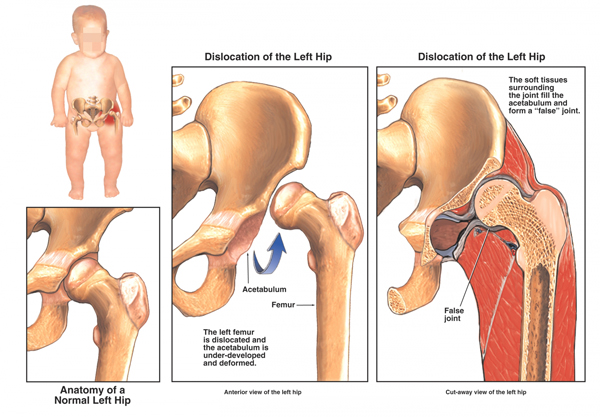
Hip Dysplasia - Eugene Pediatric Associates
Developmental Dysplasia Of The Hip Hip Dysplasia In Babies Boston Childrens Hospital

Hip Problems In Infants - Familydoctororg
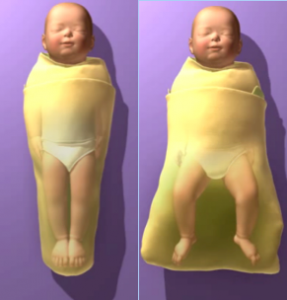
Faqs About Hip Dysplasia - Healthy Hips Australiahealthy Hips Australia

Hip Dysplasia In Babies Pregnancy Birth And Baby
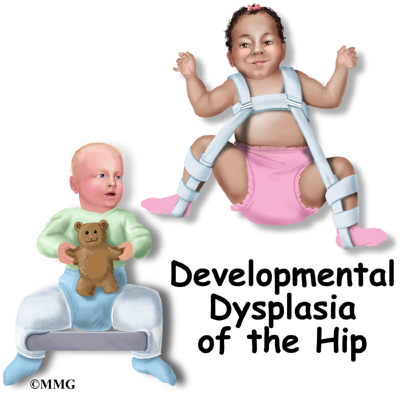
Developmental Dysplasia Of The Hip In Children - Eorthopodcom
Hip Dysplasia In Infants Causes Signs Diagnosis Treatment
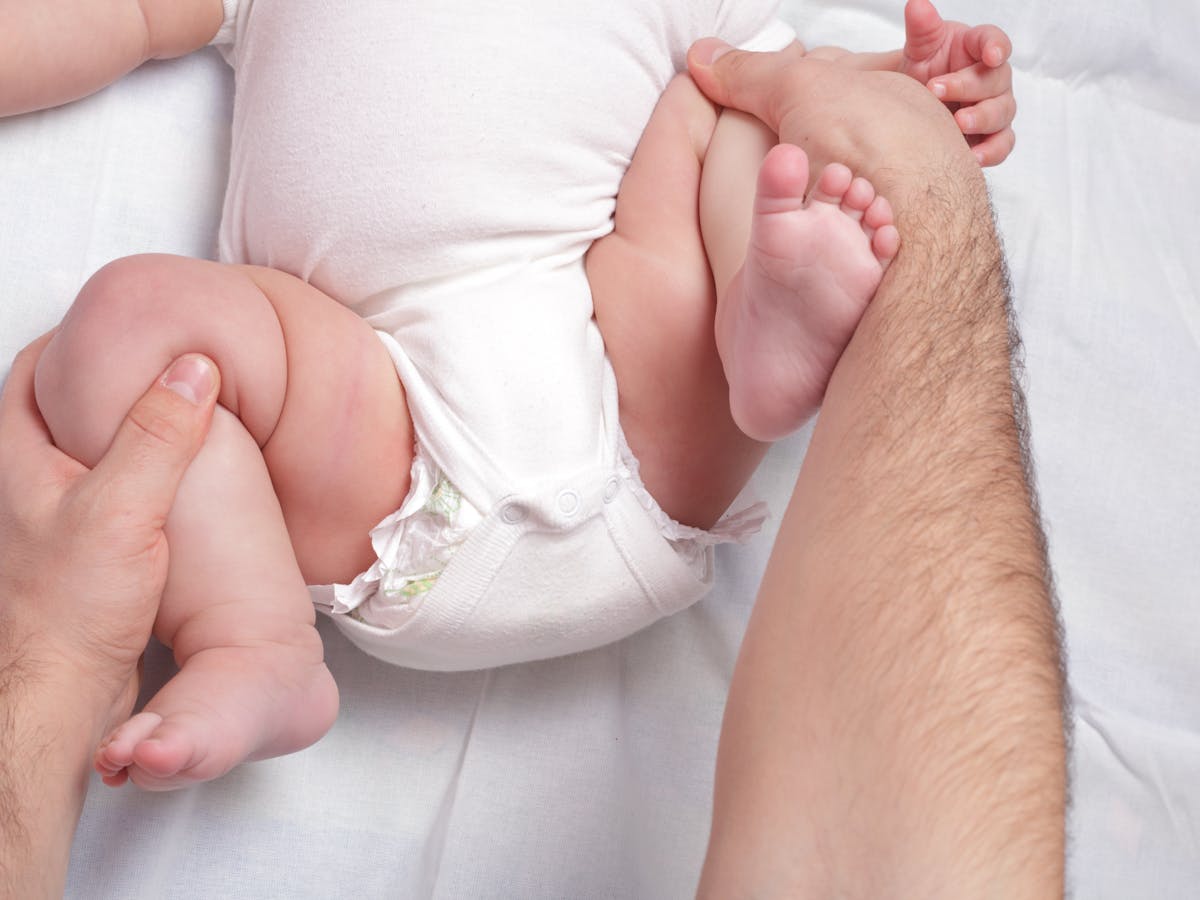
Is Hip Dysplasia In My Newborn Something To Worry About

Hip Pain Archives - Hip Pain Help

Infant Hip Dysplasia - Do Baby Carriers Cause Hip Dysplasia

When Your Child Has Developmental Dysplasia Of The Hip

Hip Disorders Renown Health
Hip Dysplasia In Infants Causes Signs Diagnosis Treatment
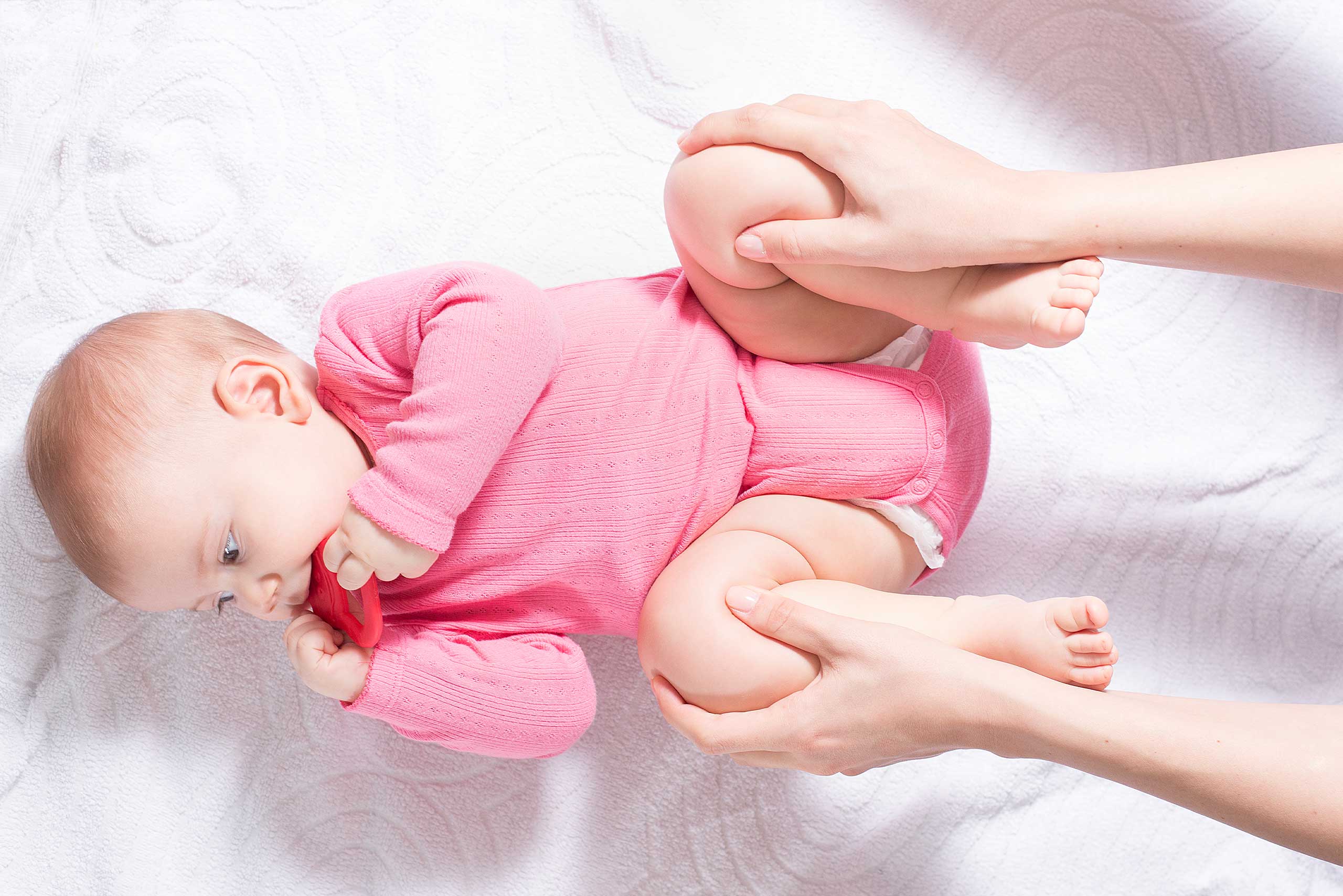
Hip Click - International Hip Dysplasia Institute
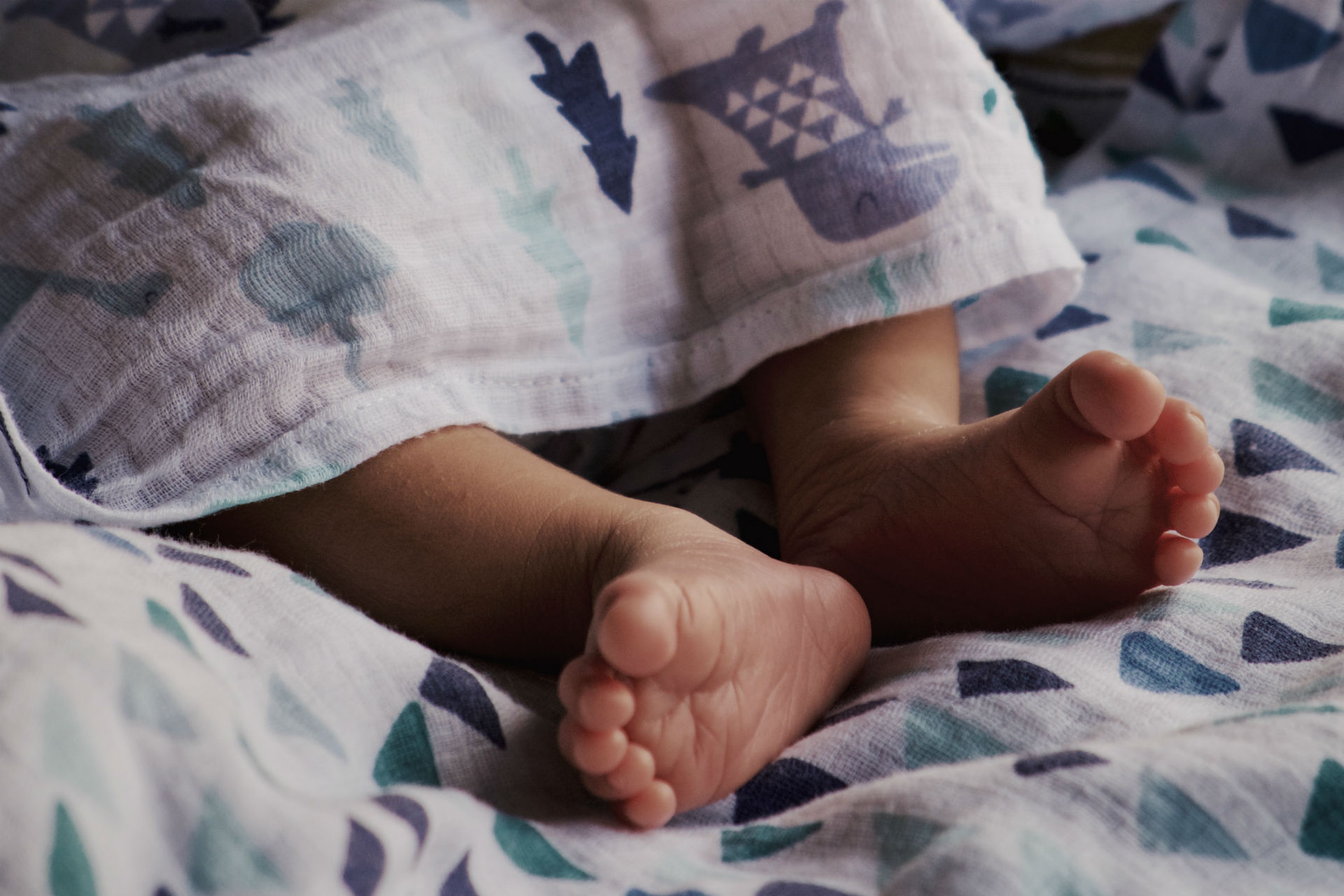
How To Prevent Hip Dysplasia - Parentscanada

